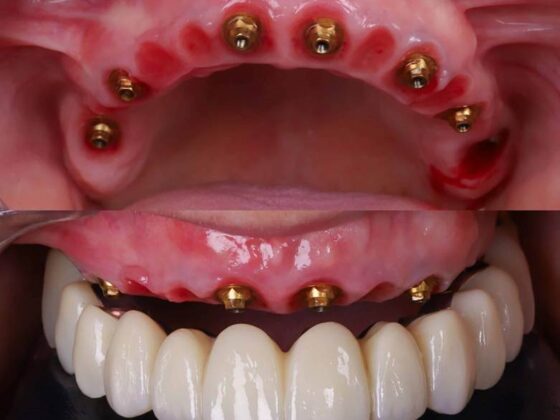Cavities in kids are more common than you might think. According to the CDC, over 50% of children aged 6–8 have had at least one cavity in their baby teeth. As a parent, knowing how to treat cavities in kids’ teeth can make a huge difference in preventing pain, infection, and even long-term dental issues.
This article explores how cavities form, signs to look for, treatment options, and how to prevent future decay.
What Causes Cavities in Children?
Cavities, also known as dental caries, are the result of bacteria in the mouth feeding on sugars and starches, producing acids that erode the enamel dentist near me. In kids, this often happens due to:
- Poor brushing habits
- Frequent snacking or sugary drinks
- Infrequent dental visits
- Lack of fluoride
- Weaker enamel in baby teeth
Signs Your Child May Have a Cavity
Watch for these common symptoms of cavities in kids’ teeth:
- Tooth sensitivity to hot or cold
- Pain while chewing
- Visible dark spots or holes on the teeth
- Swelling or redness near the gum line
- Bad breath that doesn’t go away
- Crying or complaints of tooth pain, especially at night
If you notice any of these symptoms, schedule a dental visit immediately.
How To Treat Cavities in Kids’ Teeth
Here’s a breakdown of the most common treatment methods:
1. Fluoride Treatments
For very early-stage decay, fluoride treatments can help remineralize the enamel and stop a cavity from growing.
2. Dental Fillings
The most common treatment for cavities in kids is a filling. The dentist removes the decayed part of the tooth and fills it with a safe, tooth-colored material.
3. Stainless Steel Crowns
If the cavity is large and affects a baby molar, dentists may recommend placing a crown to preserve the tooth until it falls out naturally.
4. Pulpotomy or Baby Root Canal
If the decay reaches the pulp (inner part of the tooth), a pulpotomy may be needed. The infected pulp is removed and the tooth is sealed.
5. Tooth Extraction
In severe cases, especially if the tooth cannot be saved, the dentist may recommend removing the tooth to prevent the spread of infection.
Are These Treatments Safe for Children?
Yes. Pediatric dentists are specially trained to work with young children using child-friendly tools, language, and sedation techniques if necessary. Most treatments are painless, and kids recover quickly dentist Brentwood.
How To Prevent Cavities in Kids
Preventing cavities is easier than treating them. Here’s how:
- Brush your child’s teeth twice a day with fluoride toothpaste
- Start flossing once teeth touch
- Limit sugary snacks and drinks
- Offer water instead of juice or soda
- Schedule regular dental check-ups (every 6 months)
- Ask your dentist about dental sealants and fluoride varnishes
Final Thoughts
Cavities in children are common, but they’re also preventable and treatable. Knowing how to treat cavities in kids’ teeth empowers you as a parent to act quickly and avoid complications. If your child complains of tooth pain or you see signs of decay, don’t wait — book an appointment with a pediatric dentist as soon as possible.










